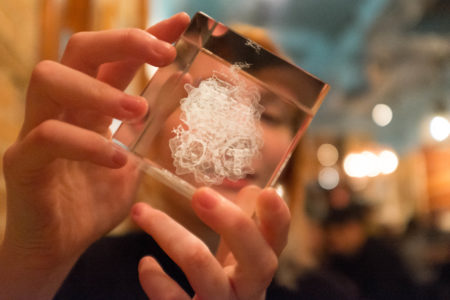In many ways, the treatment of ethanol in societies like Canada is exceptional.
It’s the only powerfully psychoactive drug top-end hotels and restaurants will provide you in unlimited quantities as long as you can pay. It’s the only drug that large groups of strangers routinely use to the point of inebriation together, in contexts ranging from weddings to club meetings to fancy dinners at universities. In places like Ontario where it is sold by the government, the government actively advertises it, while simultaneously notionally trying to prevent unhealthy use (which is probably any use, despite self-serving studies that purport to show health benefits from moderate consumption of this known carcinogen).
The societal burden of ethanol is spectacular. The Economist notes:
Between 2006 and 2010, an average of 106,765 Americans died each year from alcohol-related causes such as liver disease, alcohol poisoning and drunk driving—more than twice the number of overdoses from all drugs and more than triple the number of opioid overdoses in 2015… The percentage of Americans who met the criteria for alcohol-use disorder (AUD) in the DSM-IV—a psychiatric handbook that uses questions such as, “In the past year, have you found that drinking—or being sick from drinking—often interfered with taking care of your home or family?” to diagnose alcoholism—jumped from 8.5% of Americans in 2001-02 to 13% in 2012-13, or nearly 30m people. By comparison, 2.6m are estimated to have prescription-opioid and heroin addictions… Analysis by Phillip Cook, a professor at Duke University’s Sanford School of Public Policy, published in 2007 suggested that whereas 30% of Americans did not drink at all in 2001-02, 10% of Americans—or about 24m—had an average of ten drinks a day. He believes such habits would not look different today.
The Washington Post reported recently on a study which concluded that one in eight Americans meets the diagnostic criteria for alcohol use disorder, adding: “Stunningly, nearly 1 in 4 adults under age 30 (23.4 percent) met the diagnostic criteria for alcoholism.”
I think a few responses to this are prudent:
- Alcohol advertising should be banned in areas including billboards, print media, and television
- Plain packaging requirements like those used for tobacco may be prudent to try
- Alcohol corporations should pay a significant share of the cost of treatment for alcohol dependence and alcohol-induced chronic health conditions, and treatment availability should be greatly expanded
- Alcohol licenses should be experimented with, which could be revoked for those imposing risk or harm on others
- We should support research into less damaging substances which could play a similar social role, like the alcohol-replacing benzodiazepine David Nutt is searching for
- Combat the ideological dogmatism in the treatment system, including the idea that total abstinence is the only goal to pursue or that AA-style 12-step programs should be a mandatory part of treatment
Related:


